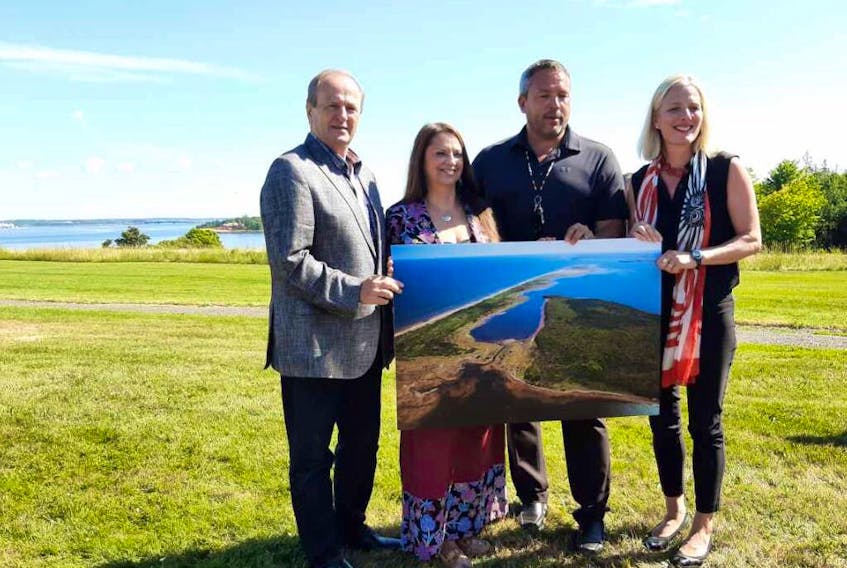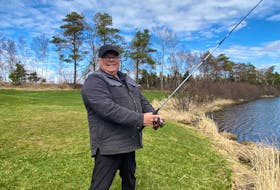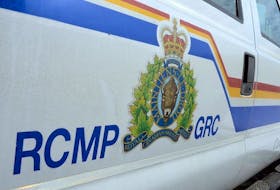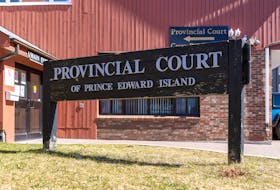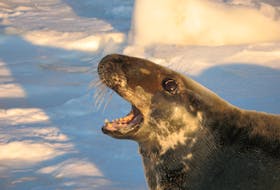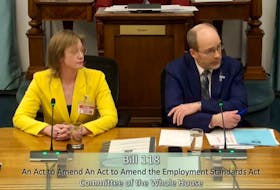A new national park reserve will mean the protection of a series of barrier islands off of Prince Edward Island's north shore.
On Wednesday, federal Environment Minister Catherine McKenna announced the first phase - a feasibility assessment - of making the Hog Island Sandhills into protected land.
McKenna said Canada is in the process of doubling the amount of nature protected to help recover species at risk, fight climate change and provide Canadians with the opportunity to discover the country's nature.
“The Hog Island Sandhills are very special to the Mi’kmaq people. We propose to protect and preserve this special place, including its nature and its cultural sites," said Lennox Island First Nation Chief, Darlene Bernard.
Hog Island Sandhills is a stretch of barrier Islands that stretches 50 kilometres along the northwest coast of the Island. The islands (George Island, Fish Island and Bill Hook Island) are P.E.I.'s last coastal wilderness and are one of the most significant dune ecosystems in Canada.
Bernard is also the co-chair of the Mi'kmaq Confederacy of P.E.I.
Recently the Confederacy held a series of public meetings about the status and significance of Hog Island to First Nations people.
Both the Lennox Island and Abegweit First Nations have claimed that the federal government breached its fiduciary duty after failing to turn over the lands to the reserves after purchasing them in 1942. The claim made by the two First Nation communities was first filed in 1996 but was refiled in 2012.
In 2016, the federal government accepted the basis for the claim, based on its lawful obligation.
Now a partnership between the federal government, provincial government and Mi'kmaq Confederacy will see the lands protected for future generations as a national park reserve.
"We hope to work together with our many partners toward our shared conservation goals. This proposal will create a positive legacy for the Mi’kmaq, all Islanders and future generations of Canadians," Bernard added.
P.E.I.'s minister of Environment, Water and Climate Change, Brad Trivers, was at the announcement Wednesday morning, held at Skmaqn–Port-la-Joye–Fort Amherst.
"The people of Prince Edward Island place great value on nature and wildlife areas. It is through partnerships like these that we can conserve and enhance areas of special importance."
Federal MP for Egmont (the riding that Hog Island Sandhills is positioned in) Bobby Morrissey said it's great news for Prince County.
"This will be the first real national park presence in Prince County. Hog Island is a fabulous part of P.E.I.," he said.
"This first phase, the consultation, will feature conversations with stakeholders and people in the affected areas to gauge what impacts there will be," alluding to the various fishing businesses that use the ports in that area.
Morrissey acknowledged the announcement coincides with the Canadian Park and Wilderness Society's call for urgent action to protect 30 per cent more of the country's land and freshwater by 2030.
"It certainly helps reach the amount of land that needs to be protected," he said.

